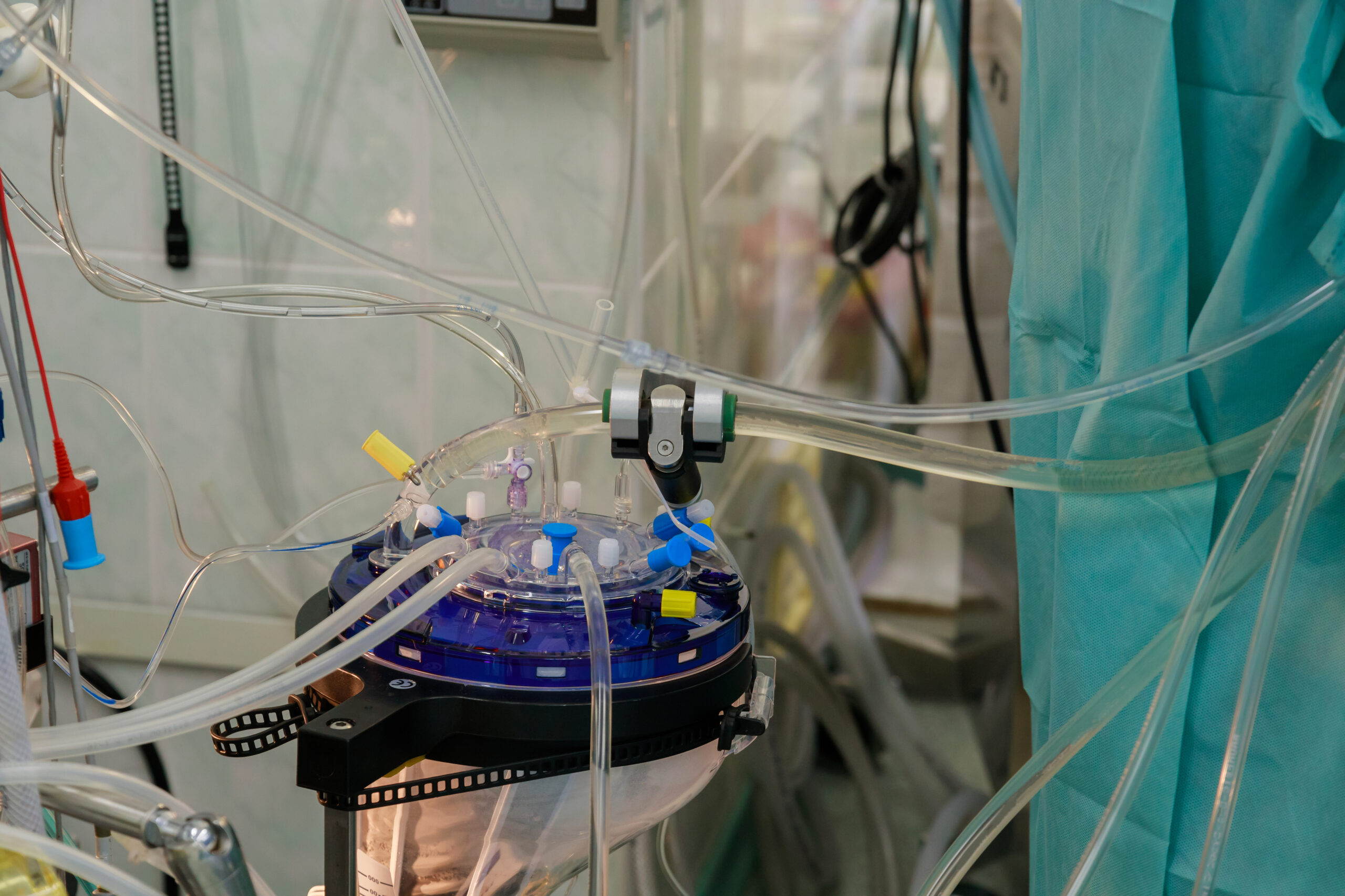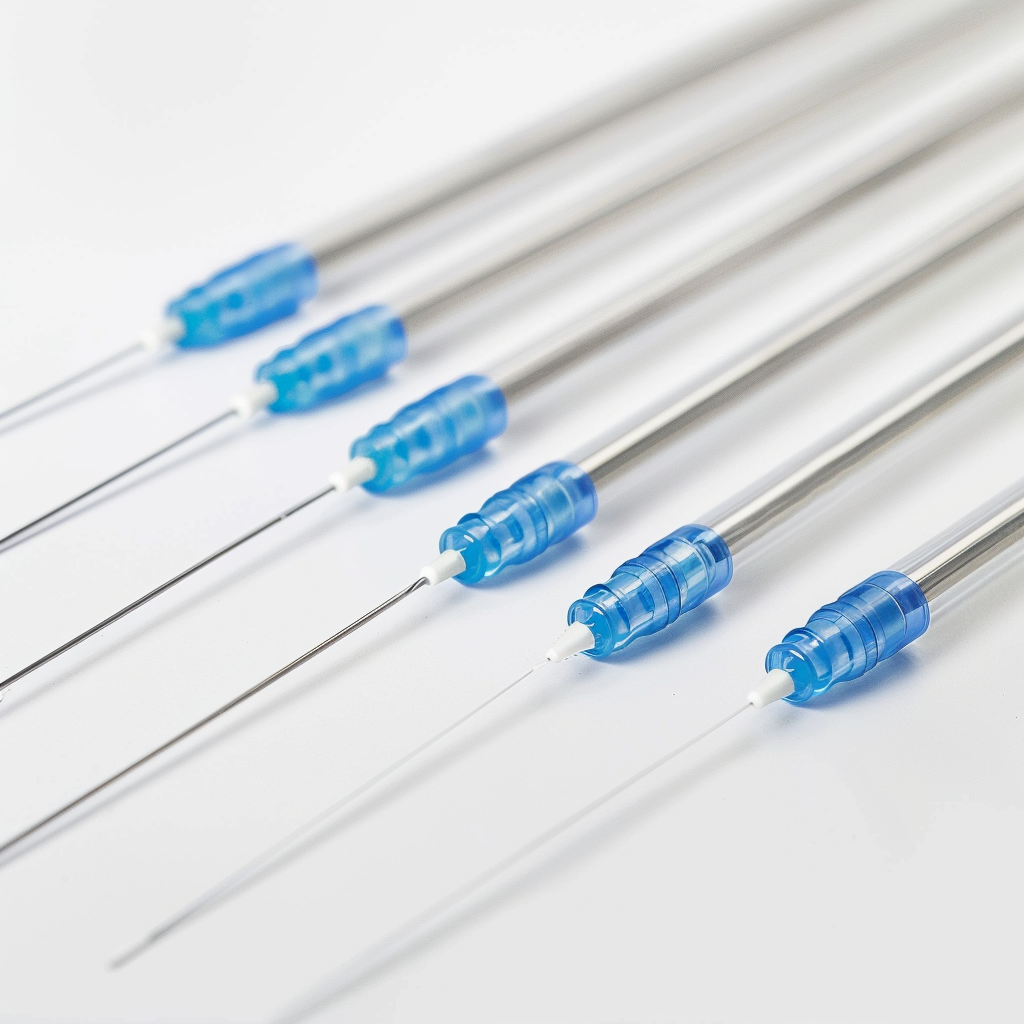
Exploring Applications and Benefits of Valved Introducers in Medical Procedures
Your medical device component research has brought you here to learn more about the valved introducer. You’ve likely read our intro piece on valved introducers and want to dive deeper. As the leading valved introducer manufacturer in the U.S., we have years of experience working with medical device product development teams and understand the unique needs of the industry. If you’re wondering if a valved introducer is right for your medical device, take a look at some real-life valved introducer application examples in this article. We’ll walk through their functionality and benefits, which may help you determine if a valved introducer is the ideal solution for your specific medical device application.
Valved Introduction Applications
Interventional Cardiology
A valved introducer needs to provide access to the vascular system without blood loss, which means interventional cardiology is a perfect example of its application. These procedures require precision to insert the catheter and guidewires while maintaining hemostasis. Two procedure examples that use valved introducers are coronary angioplasty and stent placement.
We’ve seen the improved efficiency with using valved introducers first-hand, as there is a smooth transition between instruments throughout the procedure. Patient safety is also top-priority at all times. When using a valved introducer, there is a reduced risk of air embolism and other complications.

Electrophysiology (EP) Procedures
When a diagnostic or therapeutic catheter needs to be placed into a heart chamber, valved introducers are the component the medical industry leans on the most. The valved introducer enables accurate position of the catheter which is crucial for mapping and treating arrhythmias.
As stated above, the valved introducer also prevents blood loss and helps maintain vascular integrity during long procedures. During these long procedures, the device exchanges are common, and the valved introducer avoids repeated vessel punctures as it remains in place.
Structural Heart Interventions
Procedures that require seamless access to the heart, such as transcatheter aortic valve replacement (TAVR) and left atrial appendage occlusions, often rely on valved introducers for access guidance. In this scenario, we believe adaptability and comfortability is one of the valved introducer’s greatest benefits. The valved introducer can handle large-diameter devices with minimal trauma to vascular structures, and they provide minimal invasiveness leading to faster recovery for the patient. Again, utilizing a valved introducer in these types of structural heart interventures decreases the likelihood of blood loss during the procedure and device exchanges.

Peripheral Vascular Interventions
Angioplasties, stenting, and other interventions in peripheral arteries and veins, use valved introducers. This is because they can withstand the complexity and demands of navigating blood vessels in the outer parts of our body, such as the arms and legs. The valved device prevents blood loss, like previous applications, and enhances the efficiency of the procedure by reducing the need for vessel re-access. In cases where the vessel is being accessed repeatedly, there is a risk of trauma and bleeding, and the valved introducer reduces the risk of these complications.
Pediatric and Neonatal Procedures
Valved introducers are the perfect solution during pediatric and neonatal procedures. The patients are smaller and more vulnerable, and procedures need to be delicate. A valved introducer can ensure safe access for diagnostic or interventional purposes. The components gentle design can also reduce the risk of injury in small anatomies, and also ensure the correct placement of catheters and guidewires.
Neurovascular Interventions
Neurovascular procedures and interventions also rely on the valved introducer. We’ve seen doctors used valved introducers for
aneurysm repairs and stroke interventions. In these cases, the introducer is used to facilitate the insertion of catheters and stents into cerebrospinal arteries. When working in the brain, it is critical for precision to be top priority as there are narrow pathways to work with. Using valved introducers reduces the risk of air embolism and vascular injury, and can streamline complex procedures.

Dialysis Catheter Placement
Tunneled and non-tunnels dialysis catheters use valved introducers for reliable access for hemodialysis. These devices simplify insertion of large-bore catheters and minimize blood leakage and risk of infection. Comfort is also key in these cases and many dialysis patients may require frequent catheter changes.
Contact Gulf to Discuss Valved Introducers
The benefits of valved introducers are countless across the medical industry, and you’ve just learned about seven applications that rely heavily on its performance for the success of a medical procedure. If you’re considering valved introducers for your medical device component manufacturing, contact our team today to learn more about our innovative solutions that are customized to your specific medical device and procedural needs.
